To get a great sounding DAC its important to choose a DAC chip with lots of potential and ignore most of the datasheet specs. 'Having potential' means a simple as possible chip, without the usual bells and whistles which have been added to DAC chips in the past couple of decades. Going back to the 1990s most DAC chips were just that - DACs and had neither on-board digital nor analog filters using opamps. Both of these kinds of filters have the potential to screw up the sound so you do not want them on the chip where its impossible to bypass them.
Philips started a trend with their 'Bitstream' DACs of including on-chip filters and on-chip opamps (SAA7320). But for a while in the 80s and 90s they produced some excellent chips without all that extra fluff - for example TDA1541, TDA1543, TDA1545 and TDA1387. Burr Brown similarly had their PCM-series DACs, culminating in the PCM1704 where by most listeners' ears they'd already started to lose the plot, being seduced by numbers - PCM63 seems to be the pinnacle of their art. Analog Devices have had great designs too, the most recent being AD1865.
I've so far mentioned only audio-targeted DACs but there are others which are pure DAC chips - I've samples of an ancient one from ADI, the AD768. It's an example of a DAC targeted at the communications market, a field which in many ways holds more promise for great sounding D/A than does audio nowadays. TI/BB and Intersil also have offerings in this arena. Of the audio chips I've mentioned, all are out of current production so if you want to have a viable manufactured product you have to look beyond audio to find your chip. Schiit did exactly that in their multibit DAC designs, going to the medical/industrial segment. Metrum too started off with an industrial DAC chip from TI/BB but since have gone over to custom resistor arrays buried inside modules. Hobbyists though aren't constrained by production volumes and so have rarely had it so good with the wide choice of recycled devices on the secondary market.
I must confess I have a real soft spot for Philips (now NXP or even Nexperia) - partly because my first few CD players were Philips (they and Sony together being the innovators of the CD format) but also because their IC designs rock, and not just in DACs. Take in the realm of amps their in-car offerings (TDA8566 for example - I have a design for an amp using it here : Hi end chipamp). TDA1541 has been done to death by DIYers (Thorsten Loesch and Pedja Rogic have commercial product too) - how to choose from its many tweaks? TDA1545 has some DIY designs extant (Peufeu's 'Extremist' is here - TDA1545 DAC) - having listened to my own designs I've abandoned this chip on SQ grounds. TDA1543 has literally dozens of DIY projects and commercial boards/boxes (Lite DAC-AH is my favourite). Strangely TDA1387 has been largely ignored to date - there's a few units on Taobao : L1387 DAC but nothing in the audiophile mainstream. In regard to the tech behind the chips, the TDA1387 takes some beating as it continuously recalibrates itself on the fly so doesn't require the usual extreme resistor matching achieved in other manufacturer's offerings by laser trimming. Its also absurdly cheap as the chips are recycled from old 'Soundblaster' PC cards.
Next up - NOS is my choice here for lowest BOM cost. NOS is a TLA for 'No oversampling' and the craze of NOS began with a Japanese guy by the name of Kusunoki (go here for his web presence, I'm not thereby endorsing his technical justifications - http://www.sakurasystems.com/articles/Non-oversampling-DAC.html) who wanted to bypass the digital filter in a DAC. In the history of Philips' CD players, oversampling has always been used, initially because when CD came out they only had production ready a 14bit DAC (TDA1540) and CDs have 16bits worth on them. So oversampling (4X) was used as a way to gain a couple of bits from the DAC through averaging out 4 faster samples to create one slower one. When the TDA1541 was...
Read more » Richard Dudley
Richard Dudley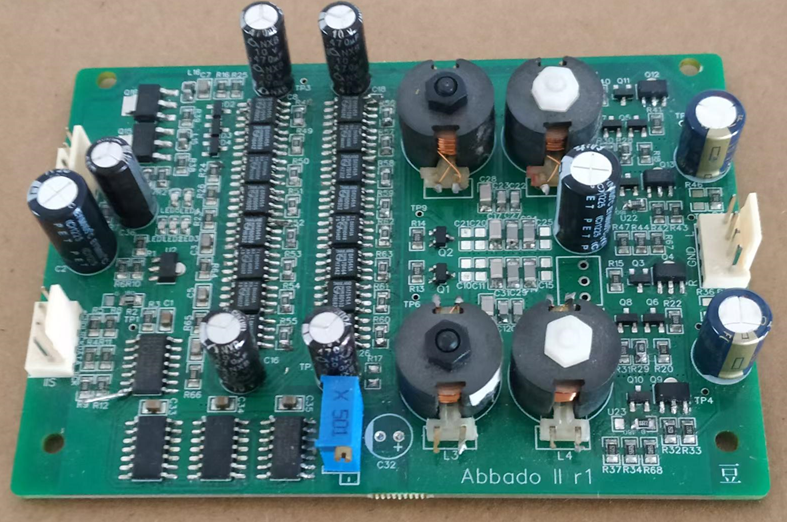
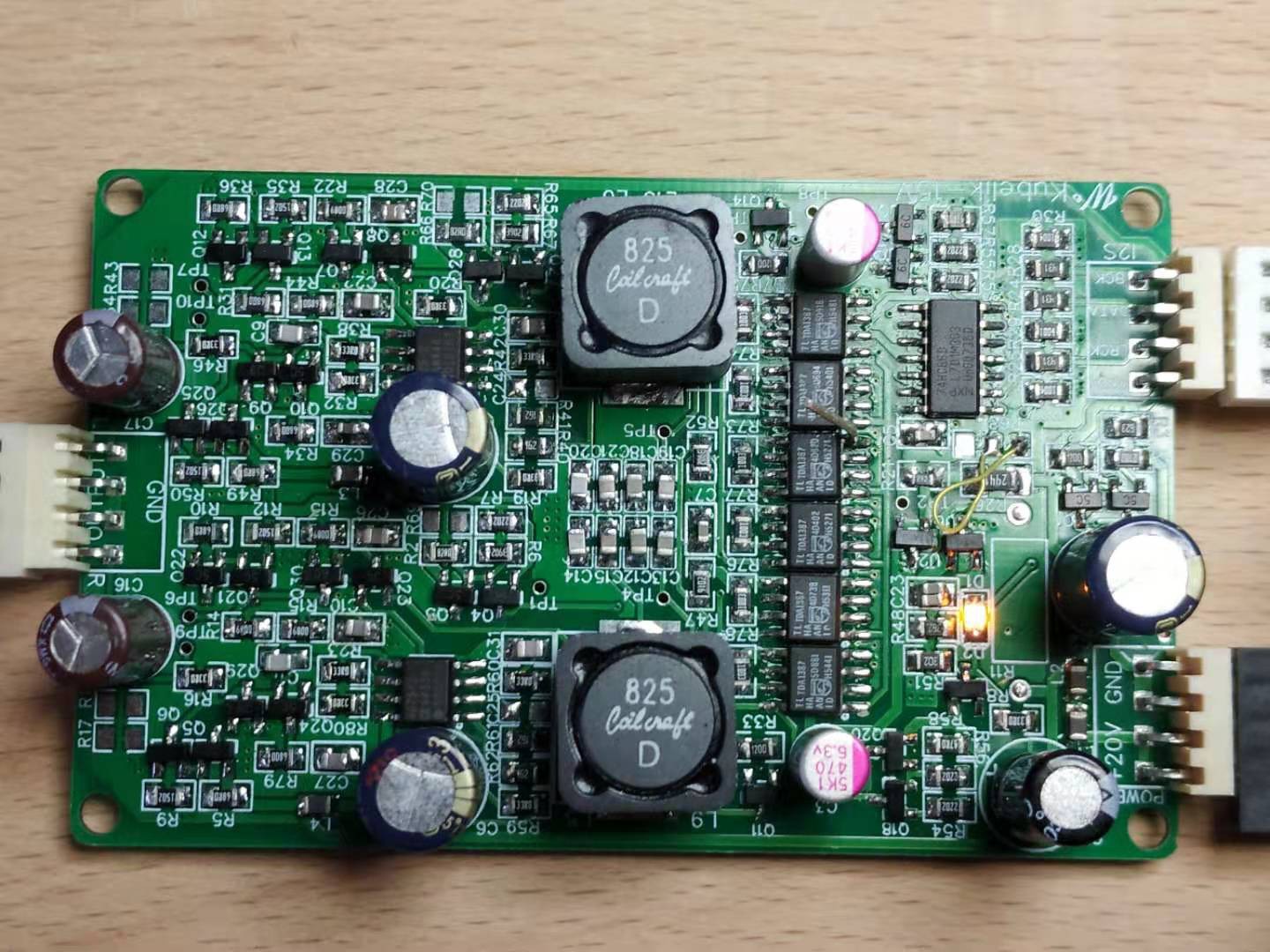
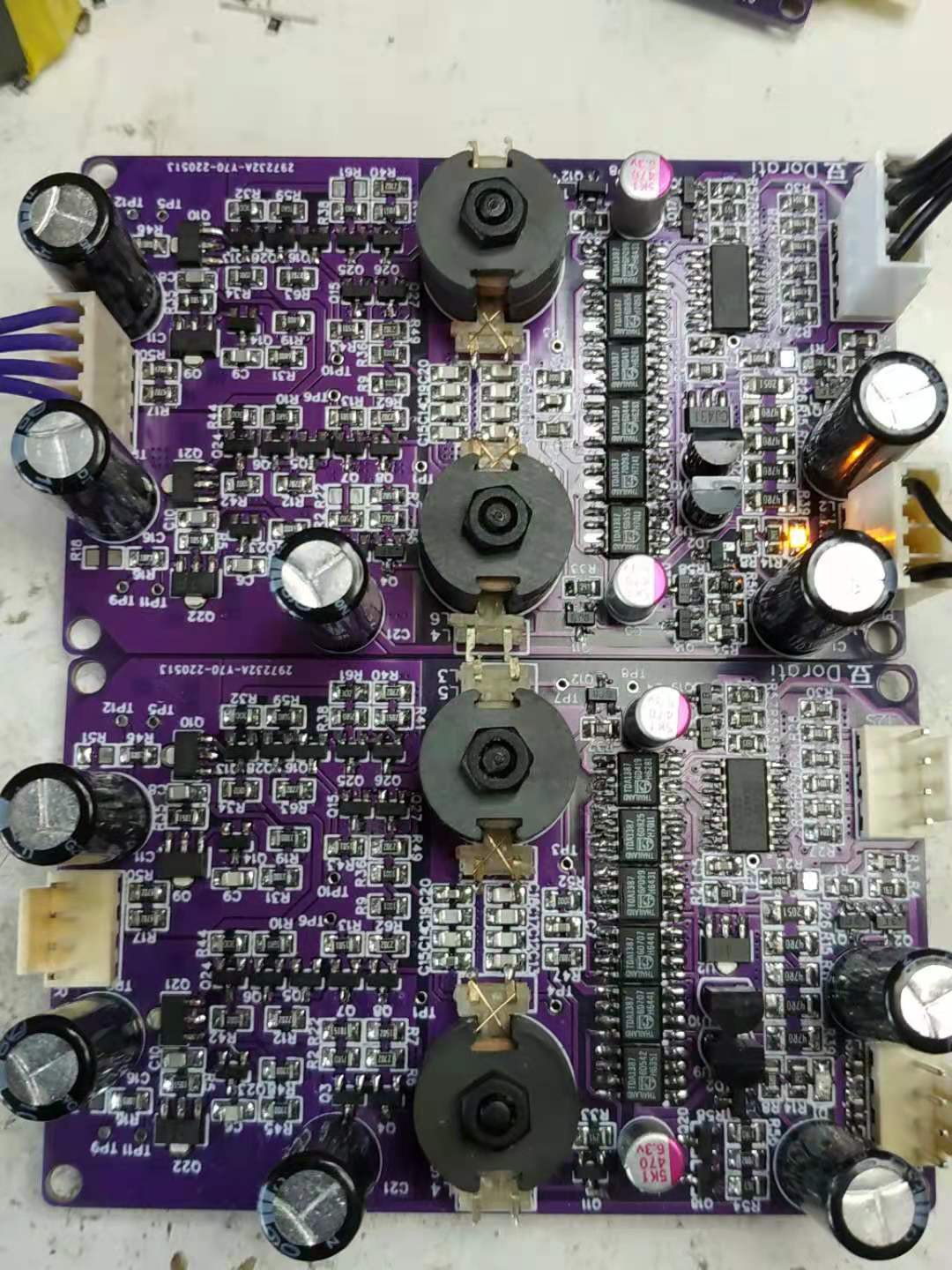
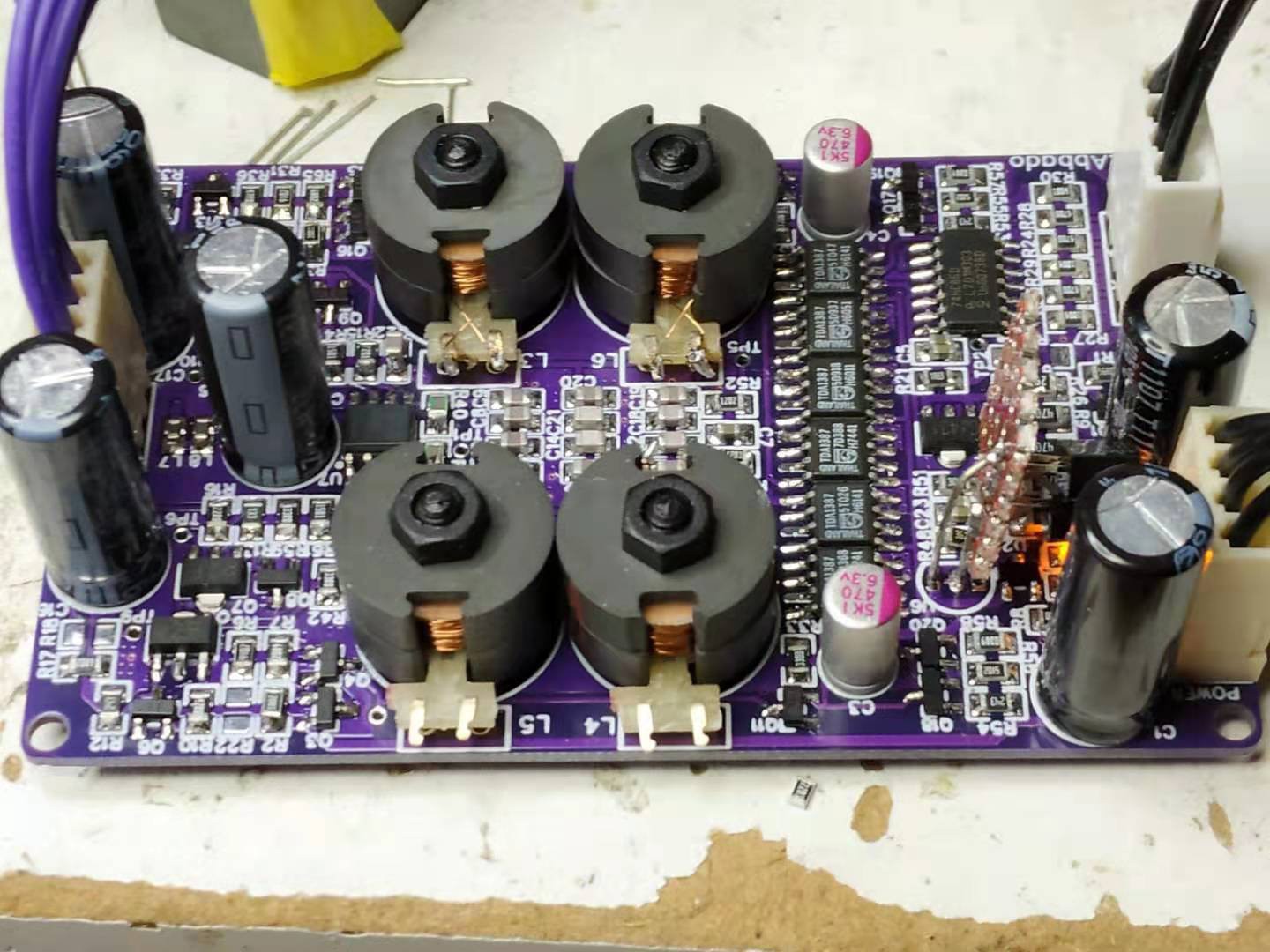
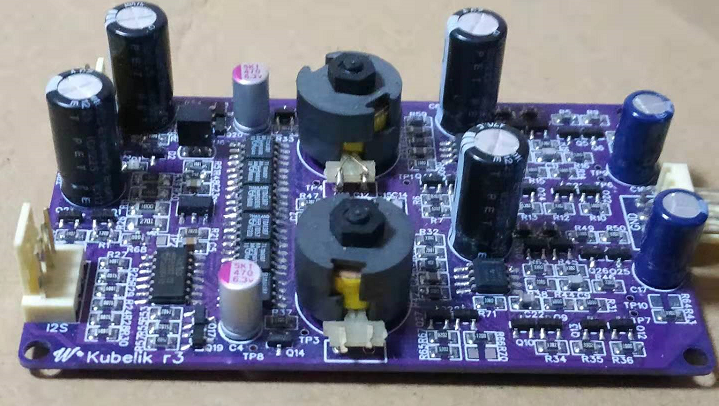
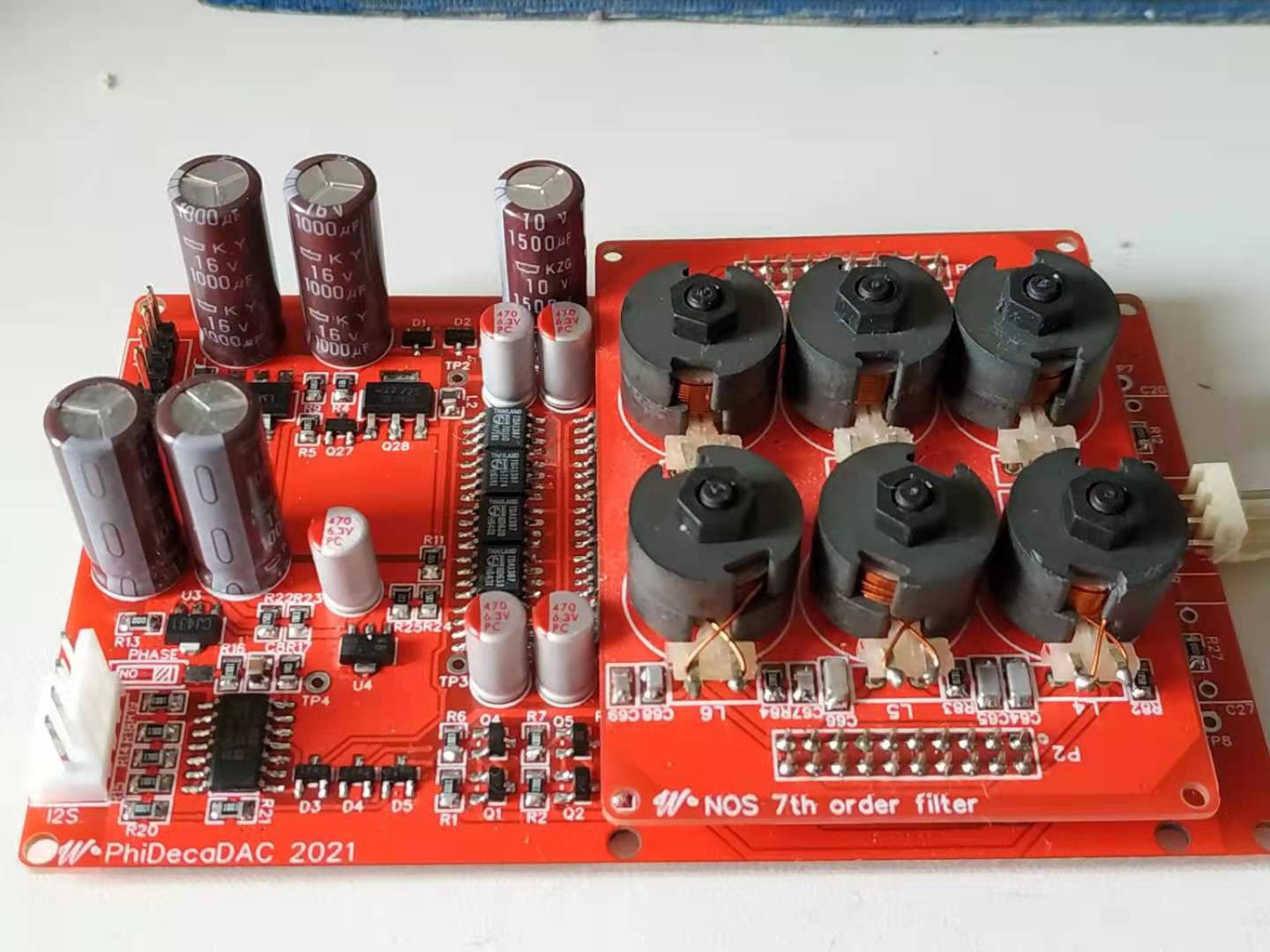





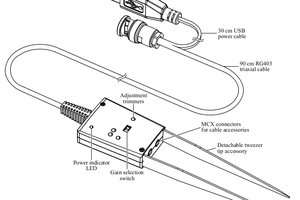
 Petteri Aimonen
Petteri Aimonen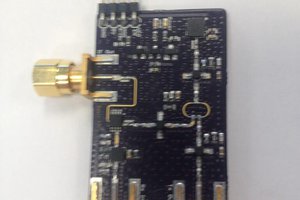
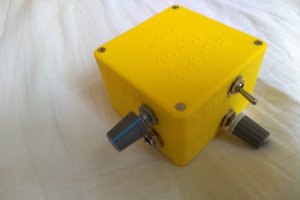
 Pepijn de Vos
Pepijn de Vos
 michal777
michal777
Thanks to Richard for the kit phi dac. Perfectly wrapped and sorted. Great job Richard.